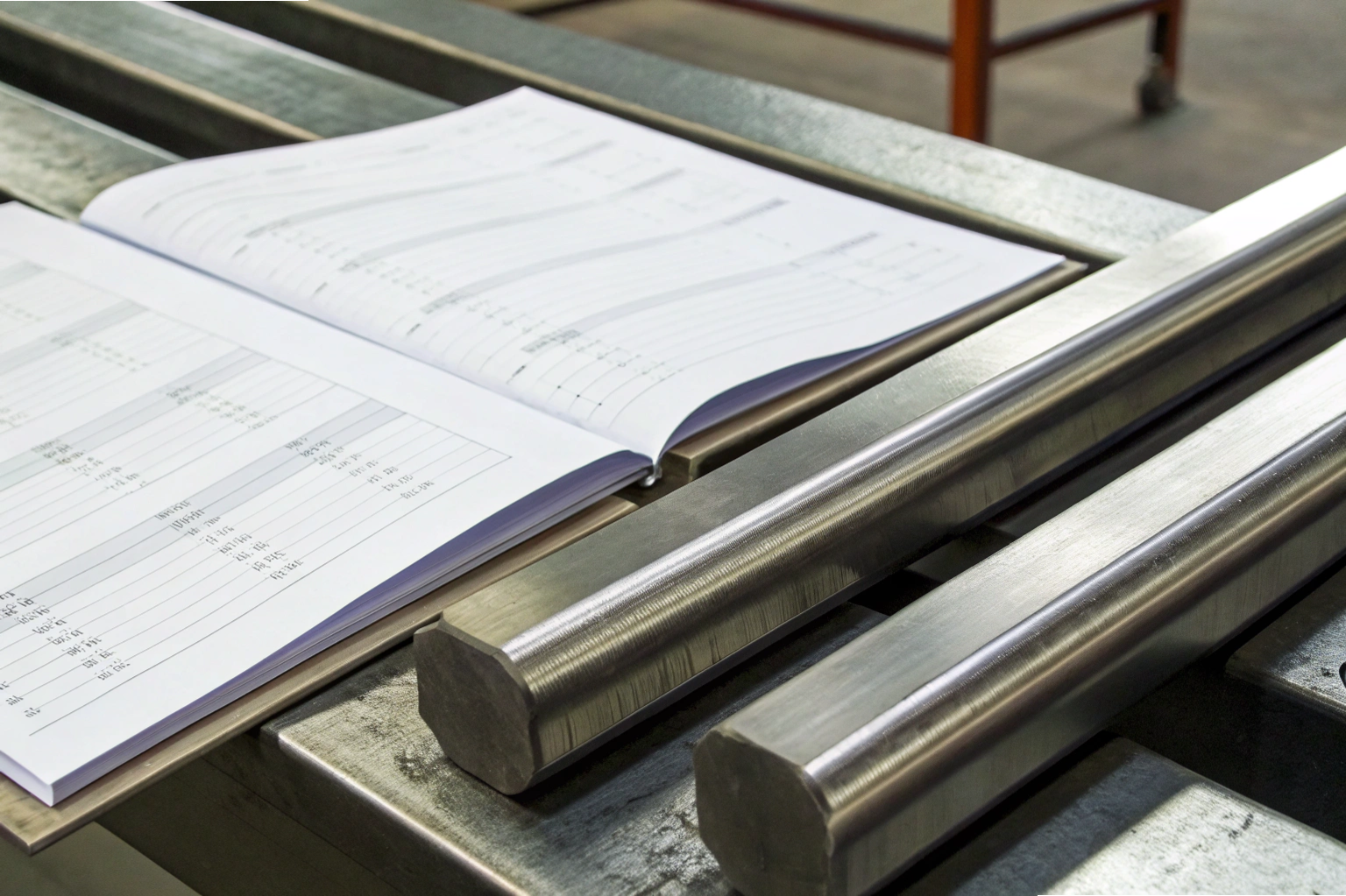
I’ve seen how tempting it is for factories to quietly blend scrap or substitute cheaper metals in castings—it can cut costs fast, but it’s risky and unacceptable.
No—suppliers should not mix materials unless you have approved it in writing with strict controls. Mixing or substituting materials without your consent can lead to performance failure, legal issues, and rejected imports.
This article explains what risks to watch for and how to lock down your material specification 1 in real-world sourcing from Vietnam.
Is using mixed alloys allowed or common?
In most engineered metal parts, you specify the alloy, and suppliers are expected to follow that specification 100%.
Mixing or substituting materials without approval can invalidate certifications, cause product failures, or create compliance issues.

That said, some mixing of recycled content 2 does happen in processes like:
- Die casting
- Sand casting
- Investment casting
- Plastic injection molding
In these cases, factories may mix recycled sprues, gates, or machining scrap back into the raw feedstock to save cost. This can be acceptable only if:
- You approve it in writing;
- They disclose the ratio of new vs. recycled;
- They re-melt, filter, or refine the metal;
- The resulting properties match spec.
Table 1: Where Material Mixing Happens and What to Watch
| Process | Is Mixing Common? | What You Must Clarify |
|---|---|---|
| Die Casting | ✅ Yes | Ask ratio of recycled to virgin alloy |
| Sand Casting | ✅ Yes | Verify whether scrap is cleaned and sorted |
| CNC Machining | ❌ Rare | Mixing not applicable—stock material is uniform |
| Welding & Assembly | ✅ Sometimes | Different alloys used in different zones |
| Forging / Stamping | ❌ Rare | Usually single-alloy blanks |
How to require consistent material specification?
If you want zero substitution, your drawings, contracts, and documentation must explicitly state the exact alloy and control rules.
This combination of technical clarity and legal obligation ensures every batch meets your expected composition.

The most effective way is to combine clear material traceability guide 3, contractual clauses, and documentation requirements.
Step-by-Step Control Framework
Precise Specification in Drawing or BOM
- Use full industry standard, e.g., ASTM A276 Type 316L 4
- Include tolerances, temper, heat treatment, etc.
- Add "no substitution allowed without buyer approval" line.
Contract Terms
- Add a “No Substitution” clause in your PO or supply agreement.
- Add right to reject or claim cost for any non-conforming batch 5.
- Add penalty clauses if quality control or material trace fails.
Mill Test Certificates (MTRs)
- Require factory to provide Mill Test Certificates 6 from the original mill for every heat/batch.
- Each part must trace back to a heat number.
Third-party testing
- Use spectrograph or PMI (Positive Material Identification) 7 on arrival.
- Randomly test shipments—even 1 per batch can reveal issues.
Table 2: Supplier Control Requirements You Should Include
| Control Element | Your Requirement Example |
|---|---|
| Drawing | “Material: SS304L ASTM A240 – no substitutions” |
| Purchase Contract | “No mixing of alloys without buyer’s written consent” |
| Certification | “Original MTR with mill heat number per batch” |
| Verification | “Independent PMI test at destination port” |
| Traceability | “Each part batch must map to documented heat” |
What risks of mixing materials?
Mixing unapproved materials creates real-world failure risks—from cracks to customs seizures.
Even a small deviation in metal composition can undermine performance, safety, or compliance.

The Risks Include:
- Mechanical failure – see this traceability guide 8 for why lower-grade metals crack/deform.
- Corrosion issues – stainless with less chromium? That’s rust waiting to happen.
- Thermal expansion mismatch – unbalanced metals can break joints.
- Warranty claims and liability – failures = importer’s responsibility.
- Regulatory noncompliance – aerospace or FDA parts must use certified alloys.
- Customs and duty errors – HS code 9 mismatches cause penalties.
Table 3: Risk Comparison – Mixed vs. Consistent Alloy
| Risk Category | Mixed Materials (Unapproved) | Consistent Materials (Approved) |
|---|---|---|
| Mechanical Performance | ❌ High Risk | ✅ Controlled |
| Corrosion Resistance | ❌ Likely Failure | ✅ Matched to spec |
| Certification Validity | ❌ Invalid | ✅ Acceptable |
| Import Duty Compliance | ❌ Violated | ✅ Accurate HS code |
| Liability / Warranty Claims | ❌ Importer is liable | ✅ Covered by QA processes |
How to audit material traceability?
Verification must extend from mill to shipment.
Material traceability ensures every part’s origin, chemistry, and compliance can be proven through documentation and testing.

To build a robust control, reference this traceability audit framework 10 when designing your supplier system.
Conclusion
Yes, some processes in Vietnam involve material mixing—but only when you permit it, control the method, and verify the results. Without those controls, you risk defects, customs issues, and brand damage.
Footnotes
1. Why specs matter for traceability and sourcing control. ↩︎
2. Example audit of recycled-content and material tracking. ↩︎
3. End-to-end material traceability best-practice overview. ↩︎
4. Common stainless grade reference for engineering drawings. ↩︎
5. Handling non-conforming foundry batches and audits. ↩︎
6. What an MTR includes and how to read it. ↩︎
7. PMI testing basics and when to use it. ↩︎
8. How poor traceability leads to mechanical failures. ↩︎
9. HS code fundamentals and compliance implications. ↩︎
10. Manufacturing traceability audit checklist and methods. ↩︎

